- Solar energy blog
- Meeting the challenges (and exploring the solutions) of grid saturation
Meeting the challenges (and exploring the solutions) of grid saturation


Laura Rodríguez
Territory Manager Oceania & Nordics
Laura is a renewable and software industry sales professional, currently working at RatedPower as Territory Manager Oceania & Nordics. With a background in International Business and International Trade, Laura previously worked in the business strategy area in various companies as well as as a market analyst for the Government of Spain in Australia.
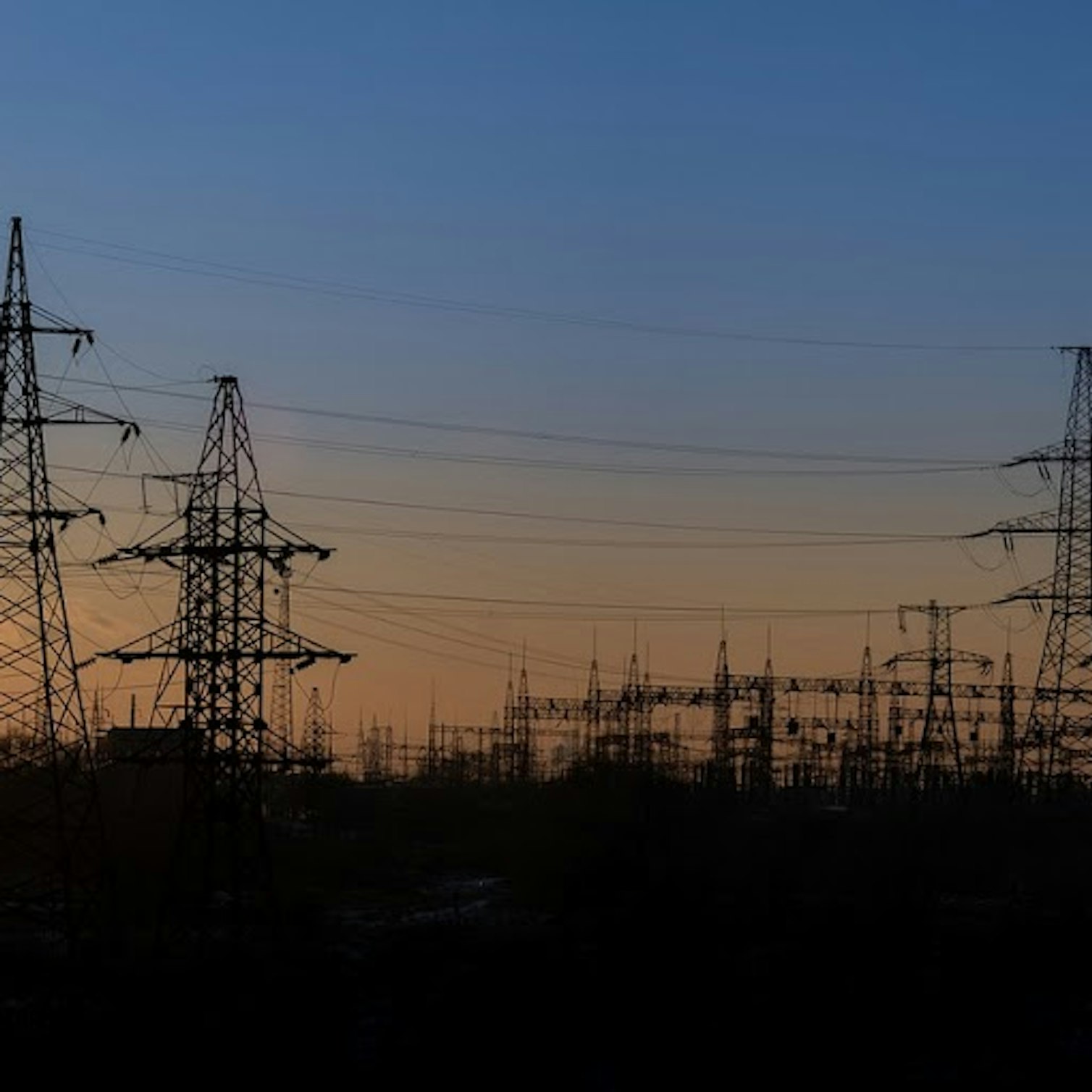
Content
The rapid uptake of renewable energy around the world is changing the way that electricity grids operate and raising issues with grid saturation. High solar power generation is especially challenging for power grids to absorb without adequate capacity.
In this article, we take a closer look at what grid saturation is, what problems it causes, and how grid operators can mitigate the impact.
Looking for ways to improve the efficiency of your PV projects?? Watch the recording of our past webinar and learn practical tips and techniques for optimizing your PV plant's performance and increasing your profits.
What is grid saturation?
Grid saturation refers to the level of electricity output carried on the distribution grid.
High grid saturation occurs when there is more power generated than the grid can handle, which causes the grid to become unstable and forces grid operators to curtail electricity generators. Low saturation occurs in areas where there’s not enough power generation to meet demand.
Power grid distribution systems were designed to carry electricity flows in one direction, from large generation sources such as power plants to consumers. But the growth of distributed solar and wind installations and net metering, requires grids to accommodate two-way electricity flows, as consumers can send electricity to the grid from their solar or wind systems. What’s more, these flows fluctuate rapidly, resulting in substantial changes to the amount of electricity flowing through the grid in any given period.
Solar power, in particular, contributes to grid saturation as the highest amount of electricity is always generated during the day, when the amount of electricity carried on the grid is already high to meet peak power demand. Wind power output can also fluctuate overnight, when generation from other sources may be lower.
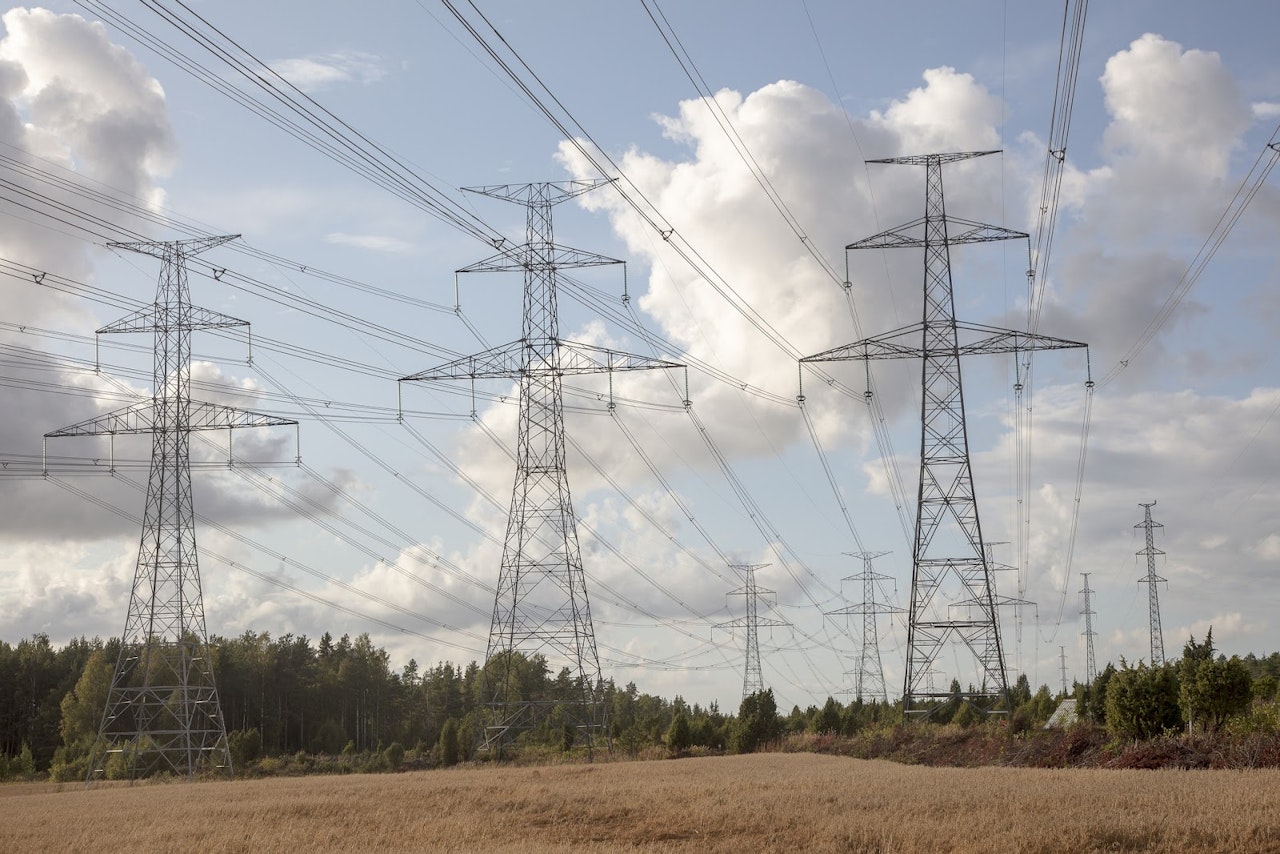
The challenges of grid saturation
High grid saturation is increasingly posing problems for grid operators as they look to manage the uptake of renewable energy. In some countries, grid operators cannot keep pace with the upgrades to interconnection capacity needed to accommodate the necessary new solar and wind projects.
Grid operators and utilities in some cases do not have enough data to assess the impact of grid saturation, leaving projects without approval while they await interconnection studies and upgrades.
Voltage regulators that were installed decades ago are no longer fit for purpose in modern energy systems where renewables make up a large share of the generation mix. Taking voltage regulators offline to upgrade them requires grid operators to coordinate closely with utilities to ensure that electricity is re-routed, and consumers do not lose power.
Grid saturation can result in energy being wasted, as distribution grids lack the capacity to transmit the electricity to areas where it can be consumed. It can also overload inverters, when the voltage spikes and exceeds their maximum input rating. Some inverters can adjust the voltage to reduce the electric current, but this can cause components to wear out faster, necessitating costly replacements.
In some electricity markets, such as in Germany, grid saturation can result in wholesale power prices turning negative for certain periods, resulting in consumers effectively being paid to consume electricity. Negative power prices pose a challenge for energy suppliers to maintain their profitability. Excess power from Germany that its distribution grid cannot handle can often flow into neighboring countries, such as Poland, the Netherlands, and the Czech Republic, affecting their electricity markets.
In regions where high grid saturation is a regular occurrence, energy regulators often put a cap on new solar or wind installations. The intermittent nature of wind and solar resources makes it easier to limit new renewable energy capacity than fossil fuel generation, as the generation from gas and coal plants is easier to plan and regulate. This results in slowing the progress of the transition to clean energy.
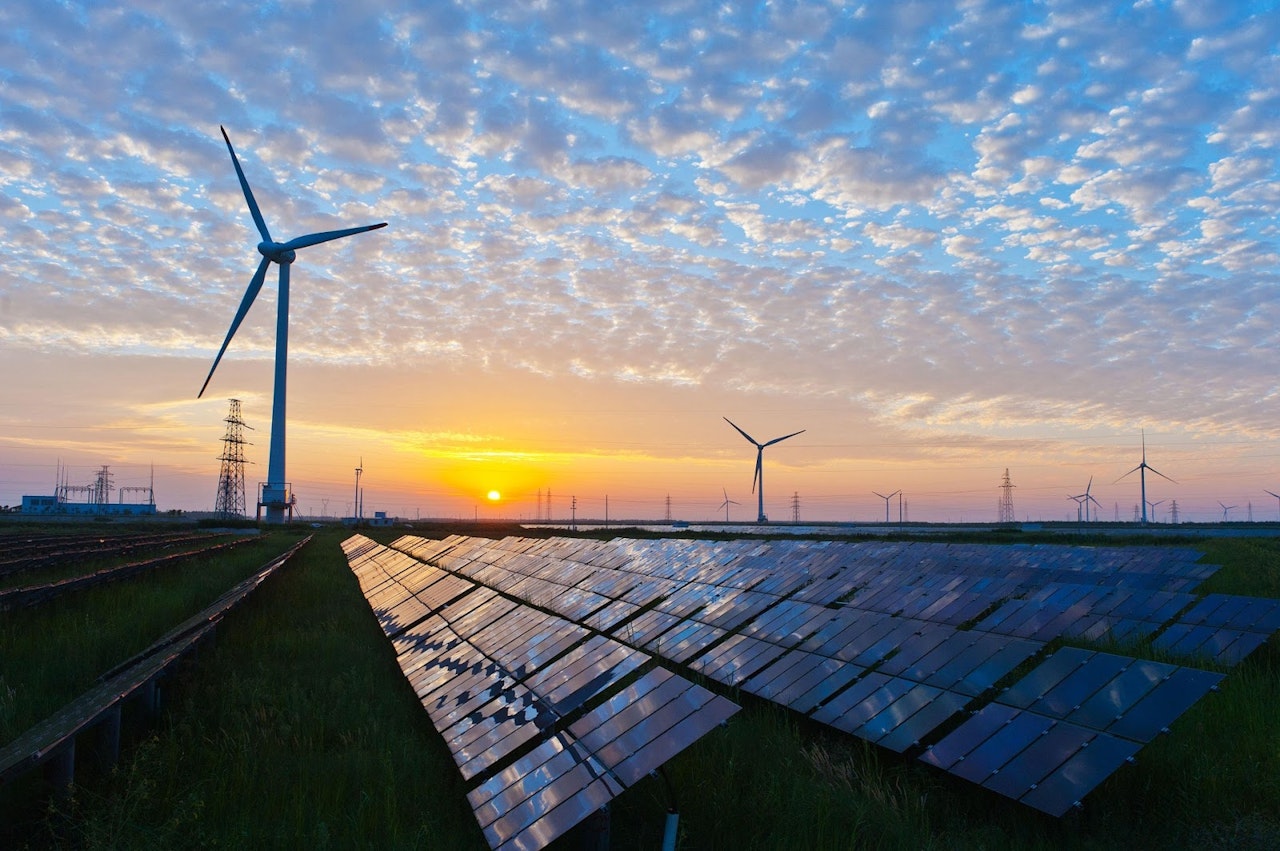
How can grids overcome saturation issues?
While grid saturation presents challenges, there are solutions that allow grid operators to accommodate increased solar and wind generation.
Grid planning and upgrades
Grid operators can prepare for the increased demand on the distribution system by modeling future energy scenarios. Based on targets for renewable capacity being set by governments, utilities, and independent power producers, they can anticipate the impact on the grid and identify areas where saturation could cause problems.
This will allow them to target their investments to ensure that the grid can accommodate higher renewable generation capacity.

Smart systems
Utility-scale projects have dedicated substations that provide visibility into electricity flows, but smaller distributed systems do not have that capability. But the use of smart inverters and other components can give grid operators better control over electricity flows.
Taking this a step further, smart grids and buildings can provide even more flexibility to the system, shifting demand to match renewable generation and using flexible low-carbon peaking plants to balance power flows.
Home appliances and electric vehicle chargers can run during the day when solar output is high, while commercial buildings can take advantage of low off-peak prices.
Energy storage systems
Battery storage is key to limiting grid saturation and maintaining grid stability. Batteries can store excess solar generation and release it later when it is needed. This helps consumers make the most of their solar installation, reducing the amount of electricity they need to purchase from the grid, particularly overnight. And it prevents overloading the grid with the excess supply. Energy storage can operate as part of smart systems to automatically control electricity flows and increase energy efficiency.
Download our free eBook to find out more about BESS and how it is shaping the future of renewable energy.
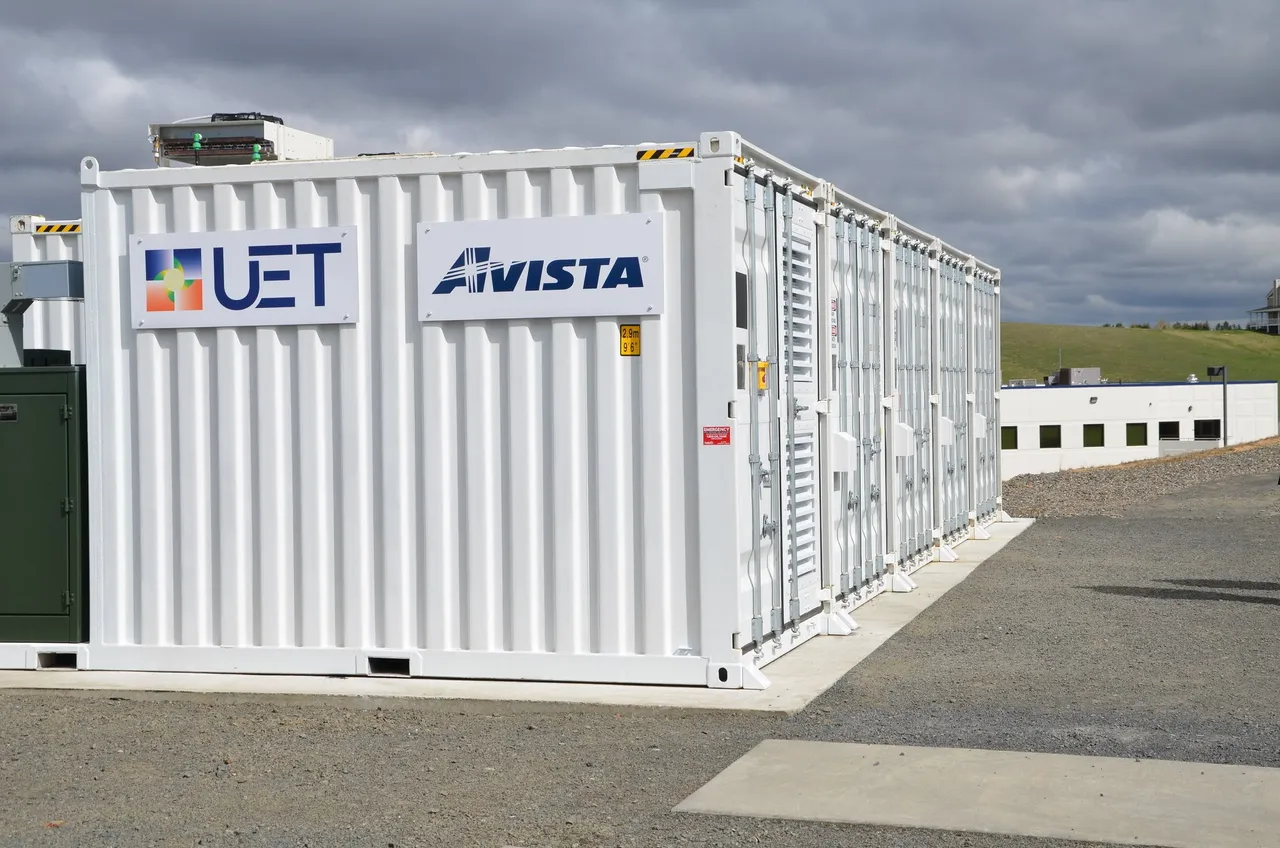
How grids are applying solutions to limit saturation
The Slovenian electricity transmission system operator ELES is investing in its grid capacity in preparation for increasing electricity flows from renewable energy in neighboring countries. ELES is implementing battery storage in areas where it sees the most frequency fluctuation. It’s implementing a smart grid project, Sincro.Grid, with Croatia, that aims to solve problems with overvoltage by installing compensation devices in the Slovenian and Croatian transmission grids.
ELES also participated in the FutureFlow project, a consortium across eight countries in central and eastern Europe, to develop cross-border trading and load balancing solutions to manage power flows across Europe.
In northern Germany, where grid saturation is high and limitations in the transmission grid prevent flows to the south of the country, there are plans to use excess renewable generation to produce green hydrogen.
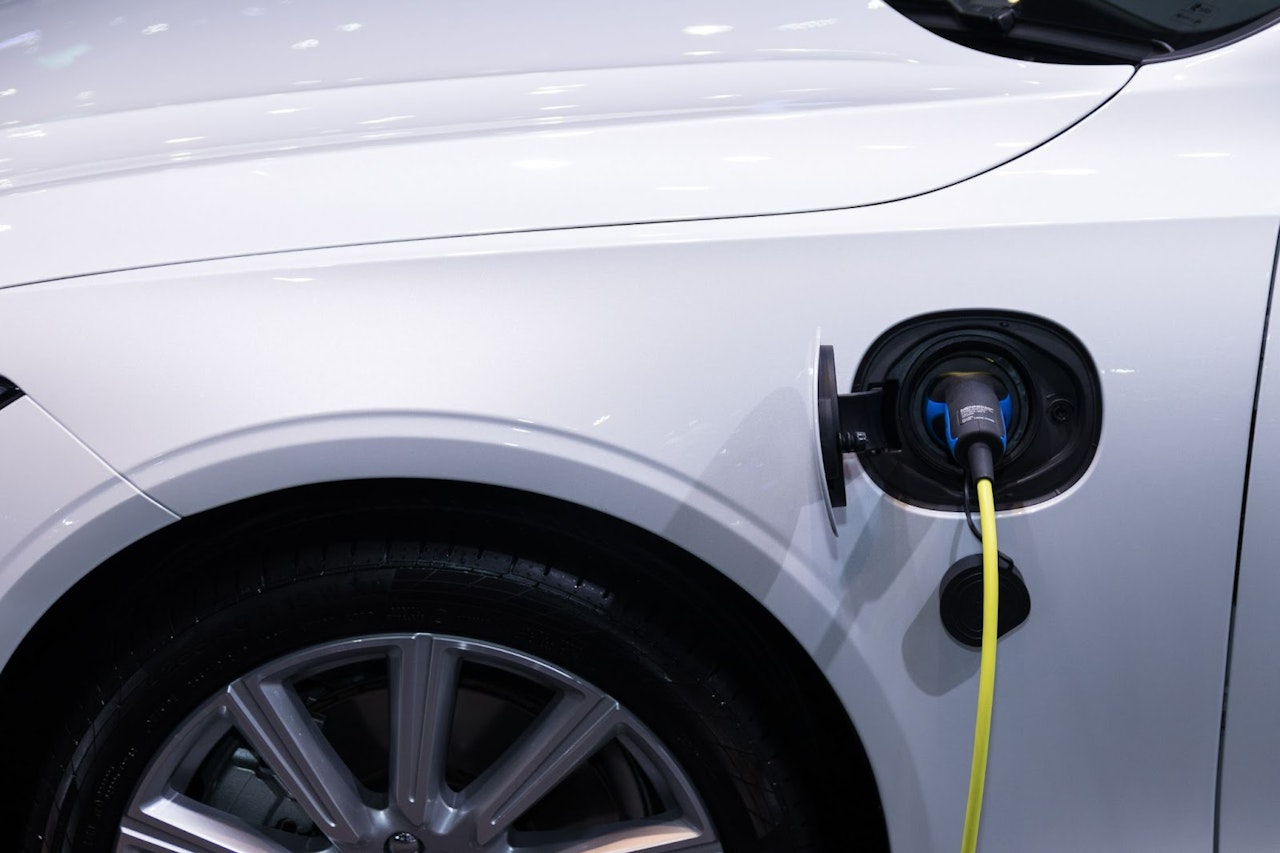
Learn more about the State of the Green in Germany: Download Ebook
The rapid uptake of residential solar systems in South Australia has resulted in low grid saturation affecting stability, as the grid does not have the capacity to export excess power to other parts of the country. Demand for power from the grid has fallen to record lows with households running on their own supply. The Australian Energy Market Operator (AEMO) has been given the power to order transmission companies to remotely disconnect household solar panels when demand falls too low, to maintain grid stability.
Learn more about the State of the Green in Australia: Download Ebook
Australian company eleXsys Energy has responded to the problem by developing smart technology that combines software as a service (SaaS) with a grid-edge device. The solution enables legacy grids to act as two-way smart grids, allowing distributed generators to send more energy back to the grid without causing disruptions.
Need an expert hand with your solar project?
If you are developing a solar power project, RatedPower platform can help you to optimize the project and ensure you place it in the most efficient location. Contact us for a demonstration.
Latest stories
Related posts
Technology and engineering
Outsmarting congestion: How efficient solar design helps navigate Nordic grid limits
Learn how Nordic operators and solar developers are adjusting to tighter grid conditions and how policy and design decisions are keeping projects on track.
Updated 16 DEC, 25

Technology and engineering
The rise of ultra-thin perovskite solar cells
Learn about Japan’s $1.5B initiative to commercialize ultra-thin, flexible perovskite solar cells and how it could transform the solar landscape globally.
Updated 30 SEP, 25

Technology and engineering
The green hydrogen boom in LatAm
Latin America is emerging as a green hydrogen leader. Learn how LatAm countries are leveraging solar and wind power to drive green hydrogen production.
Updated 22 JUL, 25

- RatedPower
- Solar energy blog
- Meeting the challenges (and exploring the solutions) of grid saturation
 Watch a demo
Watch a demo Ask our AI Product Expert
Ask our AI Product Expert
